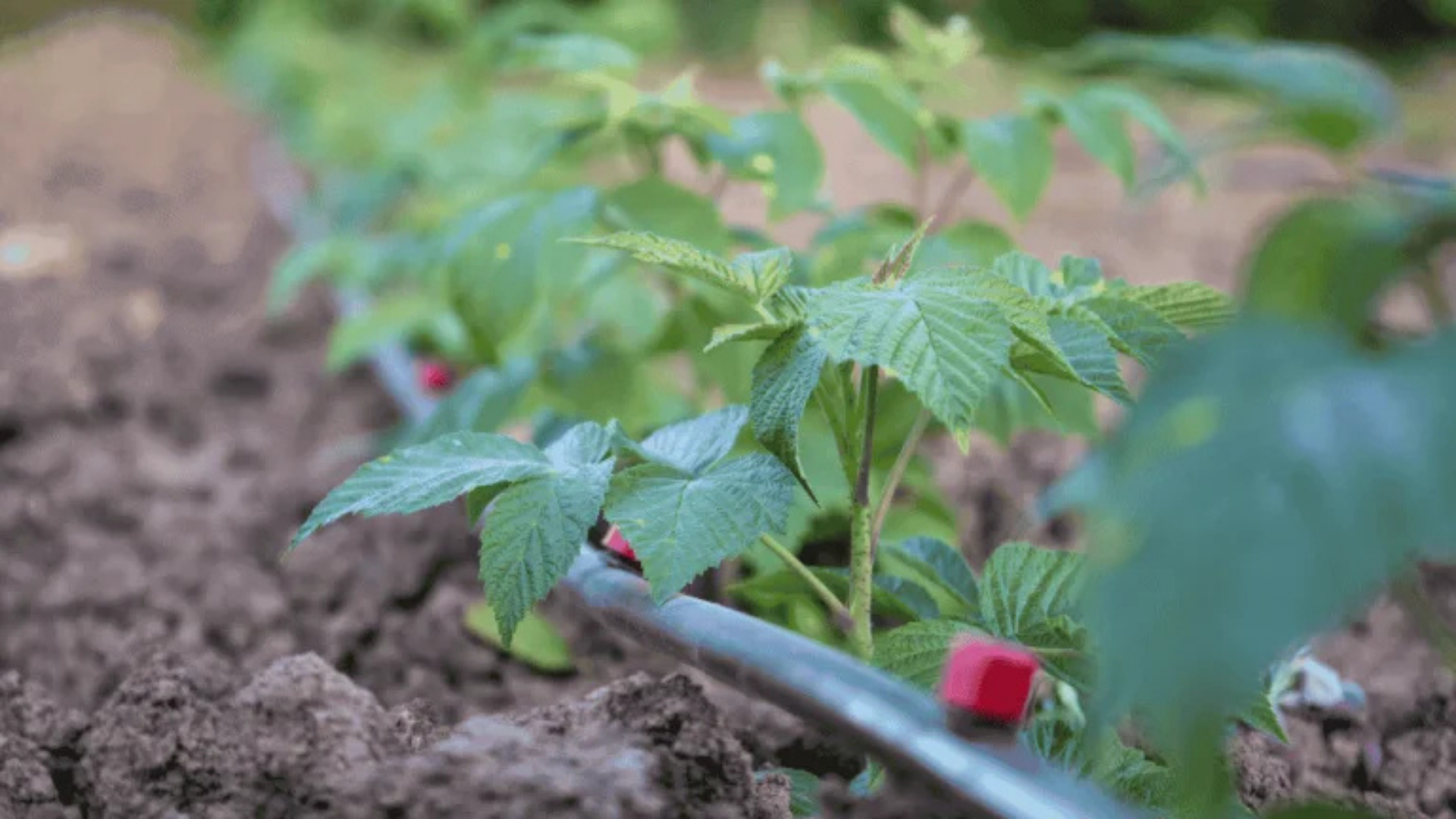What is Liquid Fertilizer?
Liquid fertilizer is a type of plant nutrition that delivers essential nutrients in a readily absorbable liquid form. These fertilizers are designed for fast and efficient uptake by plants and can be applied both foliar (through the leaves) and via the roots. This dual application method allows for flexible and targeted nutrition.
Liquid fertilizers are especially beneficial during critical growth stages such as root development, vegetative growth, flowering, and fruit set. In soils with poor structure or nutrient-locking issues, foliar feeding provides an alternative way to supply plants with essential elements.
Let's Talk!
Thanks to their quick absorption and ease of application, liquid fertilizers are ideal for:
- Emergency nutrient correction
- Rapid plant recovery during stress
- Precision feeding in controlled environments like greenhouses and hydroponics
What Does Liquid Fertilizer Do?
The primary role of liquid fertilizer is to supply plants with the nutrients they need, when they need them. Some of the key benefits include:
- Corrects Nutrient Deficiencies: Supplies macro and micronutrients that are missing or locked in the soil.
- Boosts Plant Growth: Supports photosynthesis, root growth, flowering, and fruit formation.
- Improves Crop Yield and Quality: Leads to healthier plants and higher productivity when used regularly and appropriately.
Whether you are growing vegetables, fruits, or row crops, liquid fertilizers can be a game changer in improving plant vitality and soil-plant balance.
How is Liquid Fertilizer Used?
There are several methods for applying liquid fertilizers depending on your crop type, soil condition, and irrigation infrastructure:
Foliar Spray
Applied directly to the leaves for fast nutrient absorption. Best used for:
- Micronutrient deficiencies (iron, zinc, manganese)
- Quick responses during stress periods
- Bypassing poor root uptake conditions
Soil Drench / Root Feeding
Added to the root zone via irrigation. Ensures nutrients are absorbed through the root system. Ideal for:
- Early-stage plant development
- Nutrient support throughout crop cycle
Drip Irrigation Fertigation
Integrated into drip irrigation systems for uniform distribution and precision fertilization. Common in:
- Greenhouses
- Fruit orchards
- Vineyards and open-field vegetables
What Are the Benefits of Using Liquid Fertilizers?
Liquid fertilizers offer many advantages over traditional granular fertilizers:
- Fast-Acting: Immediately available to plant tissues.
- Precision Application: You can target specific deficiencies or growth stages.
- Better Nutrient Efficiency: Reduced losses due to leaching or volatility.
- Sustainable Options Available: Organic liquid fertilizers contribute to soil regeneration, microbial health, and reduce chemical dependency.
They are also ideal for climate-smart agriculture, especially when paired with smart farming tools and monitoring systems.

What is the Best Liquid Fertilizer?
The best liquid fertilizer depends on the specific needs of your plants, crop type, and growing conditions. Common types include:
- Root Stimulating Liquid Fertilizer: Boosts root development in early growth stages.
- Foliar Liquid Fertilizer: Quickly addresses deficiencies via the leaves.
- Micronutrient Blends: Tailored to correct specific shortages (e.g., Fe, Zn, B).
- Organic Liquid Fertilizer: Made from compost teas, fish emulsion, or seaweed extract for eco-conscious farming.
To choose the most effective formula, it’s important to analyze your plant’s needs, considering growth stage, environmental conditions, and existing soil fertility.
The Role of Monitoring and Plant Sap Analysis in Liquid Fertilizer Application
To ensure the best outcomes, monitoring your plants regularly is just as important as applying fertilizer. One of the most accurate tools for this is plant sap analysis (SAP), which shows the real-time nutrient status of the plant.
Compared to standard soil or tissue tests, sap analysis reveals early-stage deficiencies before visible symptoms appear. This enables farmers to:
- Adjust fertilizer types and dosages
- Prevent over- or under-fertilization
- Maintain nutrient balance for optimum plant health
By combining data-driven decisions with the right liquid fertilizer, growers can maximize yield, minimize input costs, and ensure long-term soil health.

